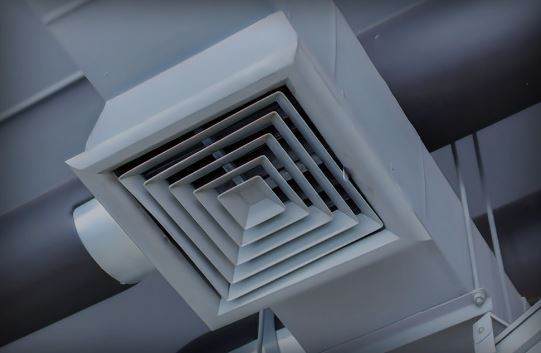Optimizing Indoor Air Quality and Ventilation Systems in California MEP Design
As the most populous state in the United States, California is home to a diverse range of environments, from bustling cities to scenic coastlines, and from arid deserts to dense forests. However, despite the state’s natural beauty, the unique combination of climate, geography, and population density can also create challenges for indoor air quality (IAQ) and ventilation systems. In California, where the climate is often characterized by warm weather and high humidity, the air can become stagnant and stale, leading to a range of health issues, from respiratory problems to headaches and fatigue.
Moreover, the increasing demand for energy-efficient buildings and the adoption of sustainable practices have led to the development of complex mechanical, electrical, and plumbing (MEP) systems that can sometimes compromise indoor air quality. In this blog post, we will explore the importance of optimizing indoor air quality and ventilation systems in California MEP design, highlighting the latest trends, best practices, and innovative solutions to ensure a healthier, more comfortable, and sustainable built environment.
1. Introduction to indoor air quality and its importance
Breathing clean air is vital to our well-being, yet it’s often overlooked until problems arise. Indoor air quality (IAQ) is especially critical in California due to its mild climate and dense population. These factors increase the risk of indoor air pollution. According to the California Department of Public Health, indoor air can be up to 100 times more toxic than outdoor air.
Poor indoor air quality can have serious consequences on our health, from respiratory issues to headaches and fatigue. In fact, studies have shown that poor IAQ can lead to increased symptoms of asthma, allergic reactions, and even neurological disorders. Furthermore, the World Health Organization (WHO) has estimated that indoor air pollution is responsible for more than 4.5 million premature deaths worldwide each year.
2. The role of California MEP design in maintaining good indoor air quality
In the Golden State, where the sun always shines, Californians take pride in their homes and buildings, and rightly so. With the state’s emphasis on sustainability and environmental stewardship, it’s no surprise that indoor air quality (IAQ) is becoming a top priority in architectural design. When it comes to Maintaining Good Indoor Air Quality, California MEP (Mechanical, Electrical, and Plumbing) design plays a crucial role. By incorporating the right systems, materials, and technologies, architects, engineers, and builders can create healthy, comfortable, and environmentally friendly indoor spaces.
In California, the importance of IAQ is underscored by the state’s stringent building codes and regulations. For instance, the California Code of Regulations requires that all newly constructed buildings, as well as existing buildings undergoing renovations, meet specific standards for indoor air quality. This is particularly important in areas prone to wildfires, where particulate matter and pollutants can pose a significant risk to human health.
3. Factors that contribute to poor indoor air quality
California’s climate and geography create unique risks for indoor pollution. Wildfire smoke, dry desert air, and coastal humidity all contribute to poor IAQ. In urban areas, heavy traffic adds pollutants like VOCs (volatile organic compounds) to the mix. Mold and mildew are also concerns due to fluctuating humidity levels.
Key contributors to poor IAQ include:
Neglected maintenance: Dust, mold, and contaminants build up when HVAC systems aren’t properly maintained.
Poor ventilation: Inefficient systems allow pollutants to accumulate.
Undersized or outdated HVAC systems: These reduce airflow and worsen air quality.
VOC-emitting products: Certain materials and cleaning products can degrade air quality.
4. The impact of poor indoor air quality on occupant health
and long-term respiratory problems. According to the WHO, indoor pollution contributes to over 4,000 premature deaths in the U.S. annually.
California’s unique geography—bordered by the Pacific Ocean and desert regions—exposes residents to multiple pollution sources. Industrial activity and traffic further worsen conditions. Without effective ventilation, these pollutants increase the risk of asthma, bronchitis, and other chronic illnesses.
5. The role of ventilation systems in maintaining indoor air quality
A solid ventilation system is key to good IAQ. It removes stale air and replaces it with fresh air, which improves comfort and health. This is vital in California’s humid coastal regions and hot desert zones.
Designers must consider the region’s climate when planning systems to manage humidity, temperature, and air pollutants effectively.
6. How to assess and measure indoor air quality
As we delve deeper into the world of optimizing indoor air quality and ventilation systems in California MEP design, it’s crucial to understand the importance of assessing and measuring the very air we breathe. After all, the air quality within our homes, offices, and public spaces can have a profound impact on our overall health, comfort, and productivity. The American Lung Association estimates that poor indoor air quality can be responsible for a significant portion of respiratory issues, such as asthma, and even trigger headaches, fatigue, and other symptoms.
To effectively assess and measure indoor air quality, it’s essential to employ a range of tools and techniques. This may involve deploying air quality monitors, which can detect and quantify pollutants such as particulate matter (PM), carbon monoxide (CO), volatile organic compounds (VOCs), and other airborne contaminants. Additionally, sampling and testing methods, including grab sampling, continuous monitoring, and stack testing, can provide valuable insights into the chemical composition of the indoor air.
7. Design strategies for optimizing indoor air quality in California buildings
Effective IAQ starts with smart design. A well-rounded strategy includes:
- Natural ventilation (e.g., operable windows, solar chimneys)
- Climate-specific ventilation planning
- High-efficiency filtration systems
- Indoor air quality monitoring
- Low-VOC materials
- Occupancy-based ventilation controls
- Education and engagement with occupants
These measures ensure a healthier environment while supporting sustainability goals.
8. Best practices for selecting and specifying HVAC equipment
Selecting the proper HVAC system is vital. The equipment must suit the building’s size, use, and environmental conditions. ENERGY STAR-certified units offer better efficiency and performance.
Systems should handle California’s diverse climates and meet state energy codes. This protects air quality and supports long-term sustainability.
9. The importance of regular maintenance and upkeep of ventilation systems
Regular maintenance and upkeep of ventilation systems are crucial in ensuring that indoor air quality remains optimal in buildings, particularly in California where the mild climate and unique climate patterns can lead to a buildup of pollutants and contaminants. Neglecting to perform routine maintenance can lead to a range of issues, from reduced air circulation and increased energy consumption, to the growth of mold and bacteria, and even the spread of airborne diseases.
Inefficient ventilation systems can also exacerbate respiratory problems, such as asthma, and exacerbate existing health conditions, making it essential to prioritize maintenance and upkeep. A well-maintained ventilation system, on the other hand, can significantly improve indoor air quality, reduce the risk of airborne illnesses, and create a healthier and more comfortable indoor environment for occupants.
10. Case studies: successful implementations of indoor air quality and ventilation systems
Several California buildings showcase IAQ success:
- San Francisco Ferry Building: Upgraded ventilation reduced energy use by 25% while improving occupant health.
- CSU Long Beach Student Union: Modern systems cut indoor pollution by 50% and energy use by 20%.
These projects highlight how smart design improves both health and performance.
Conclusion and next steps for optimizing indoor air quality and ventilation systems in California MEP design
Optimizing IAQ and ventilation in California MEP design is essential for health, comfort, and compliance. By using smart design strategies, choosing the right equipment, and maintaining systems properly, you can create buildings that thrive in California’s climate.
Next steps:
- Audit your current building systems
- Work with qualified IAQ and HVAC professionals
- Stay current with California’s evolving regulations
- Explore emerging technologies like UV disinfection
- Prioritize occupant feedback and comfort
With these strategies, you can ensure your building meets today’s standards—and supports healthier indoor living..
Learn more: https://www.epa.gov/indoor-air-quality-iaq/improving-indoor-air-quality
Visit : https://gdiengdesign.com/gdiengdesign-mep/

















































